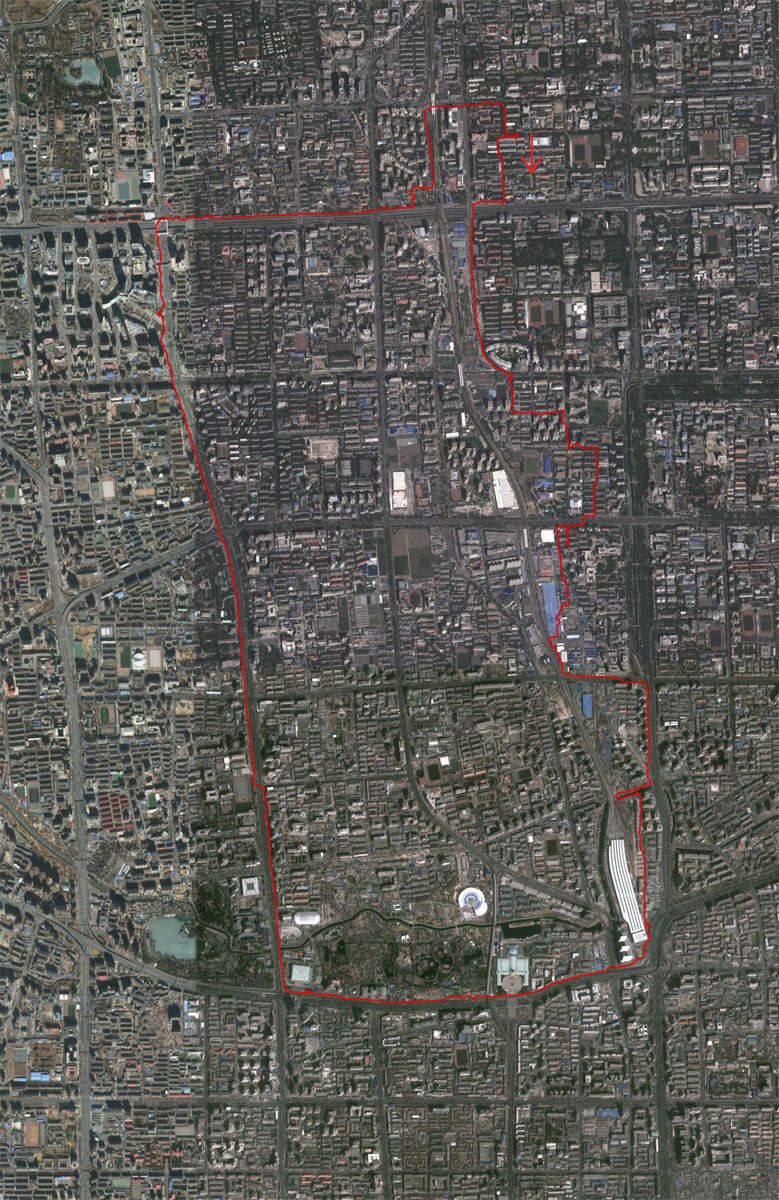Beijing Haidianqu – 北京海淀区
26 November 2013
From 9h45 to 16h00 (6h15min)
21,20 km
往南走 (Wangnanzou, Walking South)
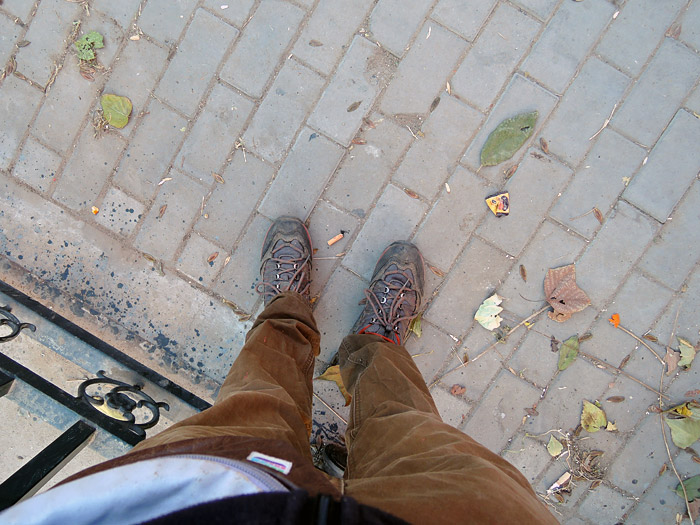 Departure 9h45; a beautiful day but very cold and windy.
Departure 9h45; a beautiful day but very cold and windy.
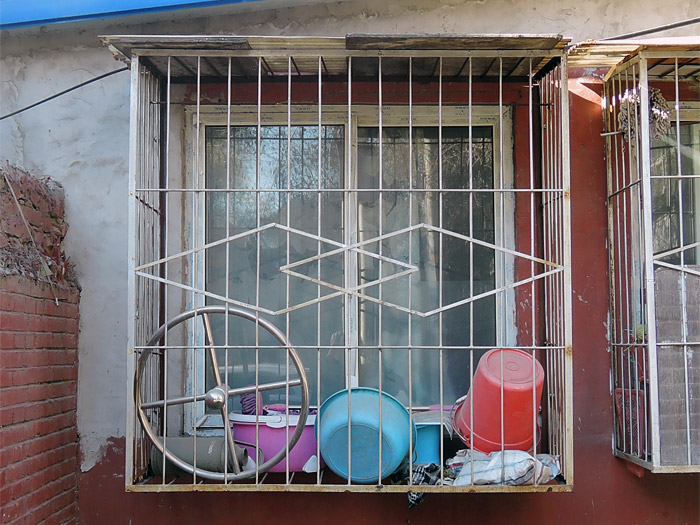 After three hours walking south, I turned west to find the next road that would lead me north to my home. It was 13h00, lunch time almost over but I could still see a lot of people eating “chuan’r”, the Chinese skewers that you can eat almost everywhere in the street. You’ll find meat chuan’r, vegetable chuan’r, fruit chuan’r, insects chuan’r, whatever chaun’r you can imagine.
After three hours walking south, I turned west to find the next road that would lead me north to my home. It was 13h00, lunch time almost over but I could still see a lot of people eating “chuan’r”, the Chinese skewers that you can eat almost everywhere in the street. You’ll find meat chuan’r, vegetable chuan’r, fruit chuan’r, insects chuan’r, whatever chaun’r you can imagine.
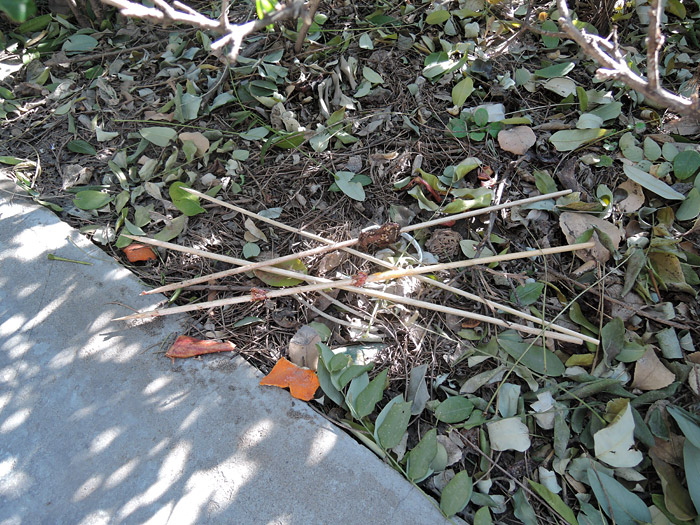 The amount of left over chuan’r that you can find in the street in Beijing is very impressive.
The amount of left over chuan’r that you can find in the street in Beijing is very impressive.
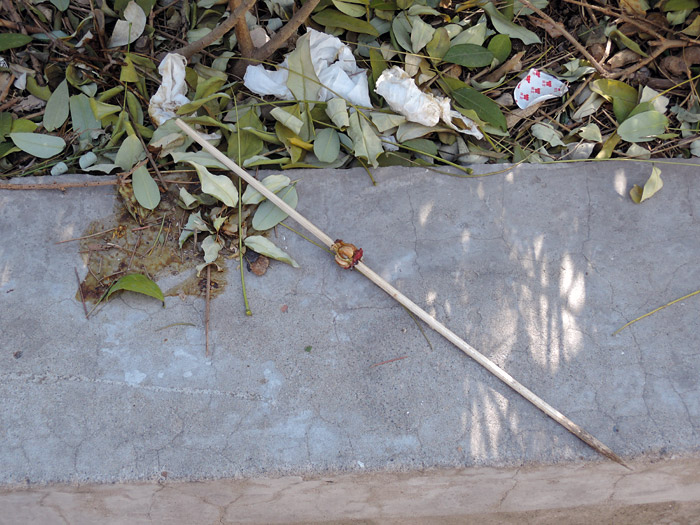 They are everywhere.
They are everywhere.
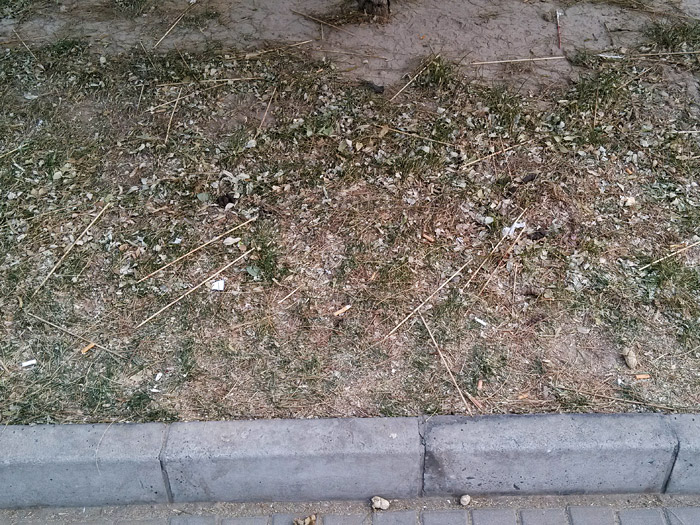 And in huge quantity.
And in huge quantity.
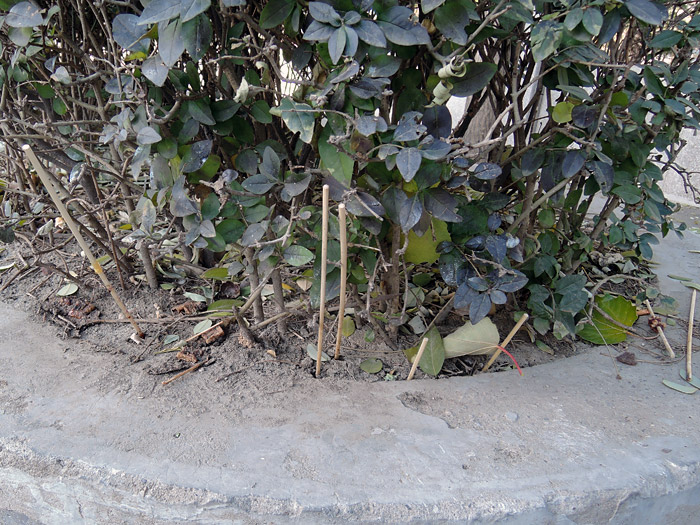
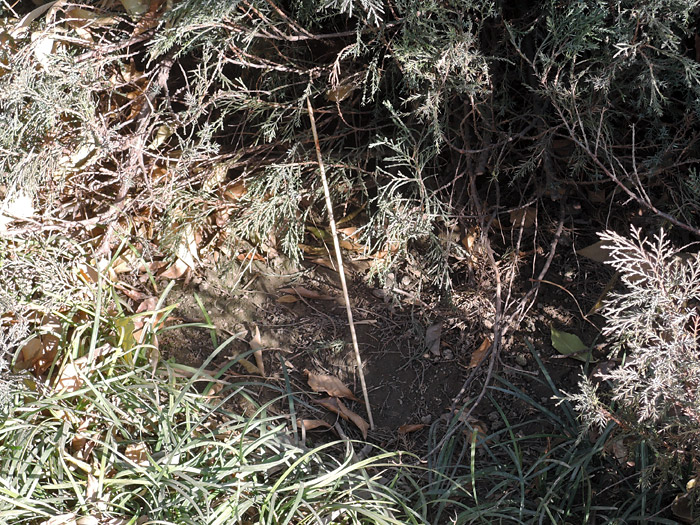
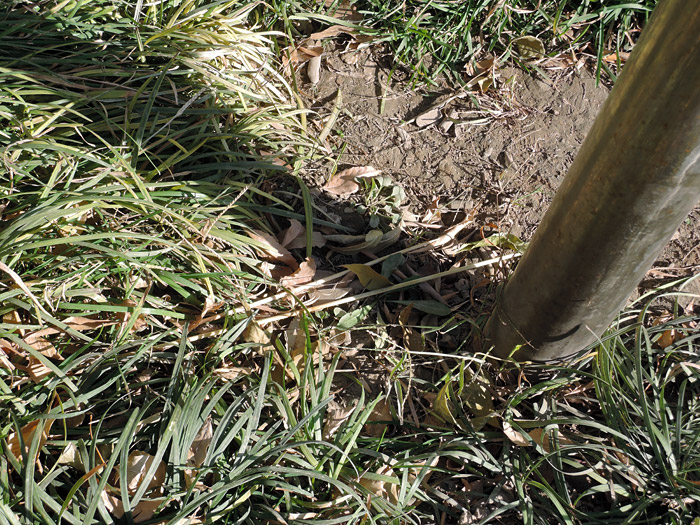
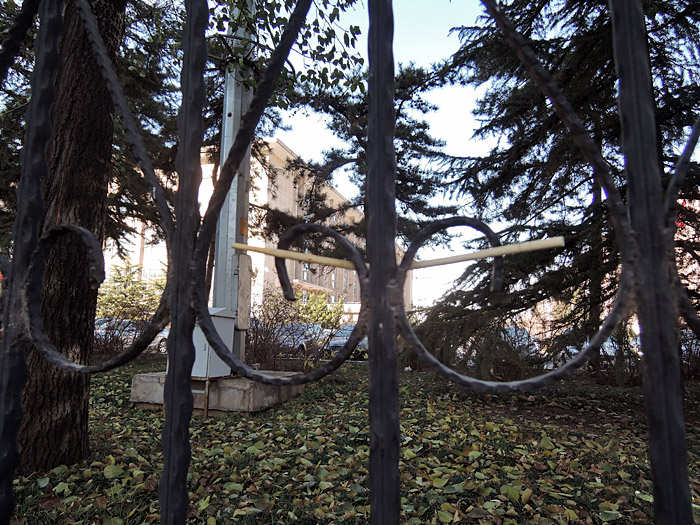 Apart from being quite disgusting, I found them interesting for two reasons: it’s a very simple wooden object and you’ll easily find a good amount of them almost anywhere.
Apart from being quite disgusting, I found them interesting for two reasons: it’s a very simple wooden object and you’ll easily find a good amount of them almost anywhere.
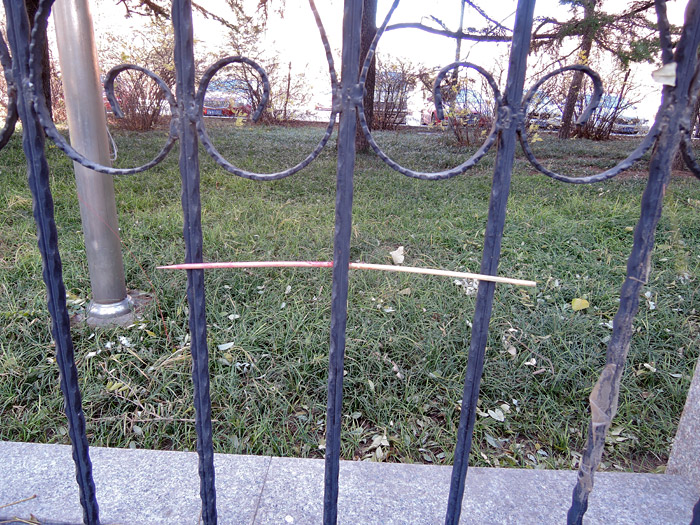 I collected one and stuck it in the nearby fence.
I collected one and stuck it in the nearby fence.
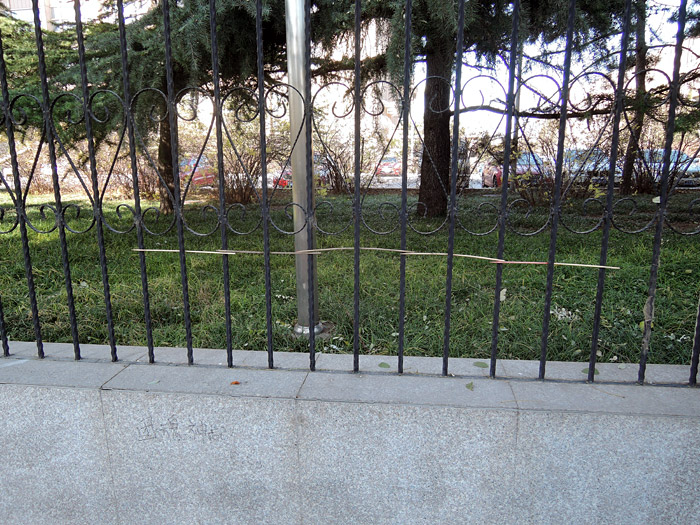 I collected more and stuck them all together in the same fence.
I collected more and stuck them all together in the same fence.
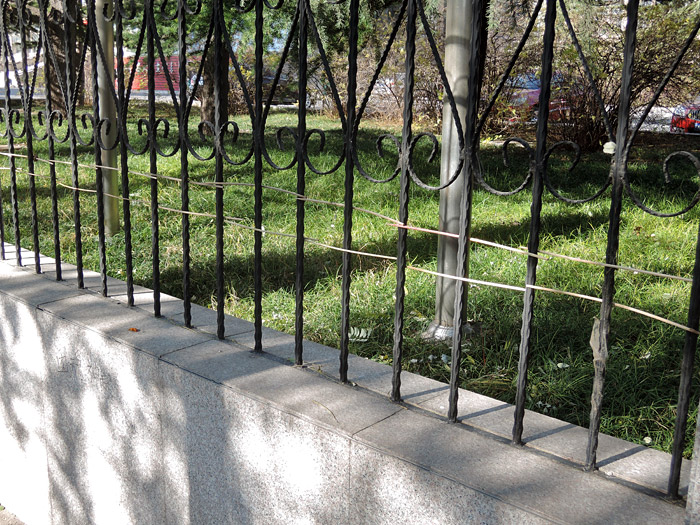
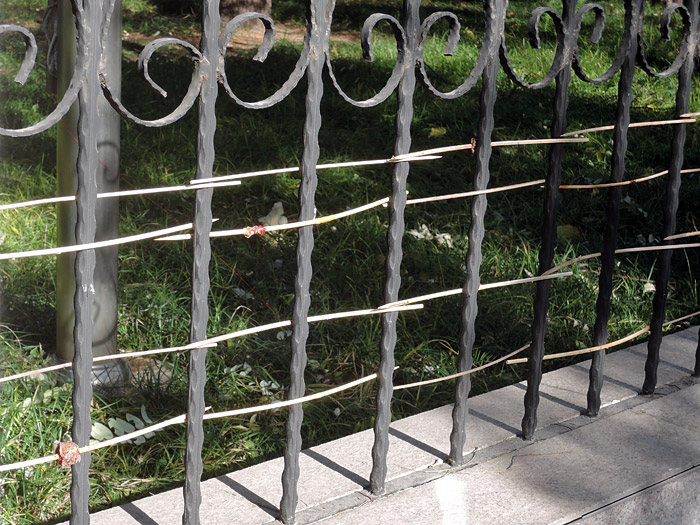
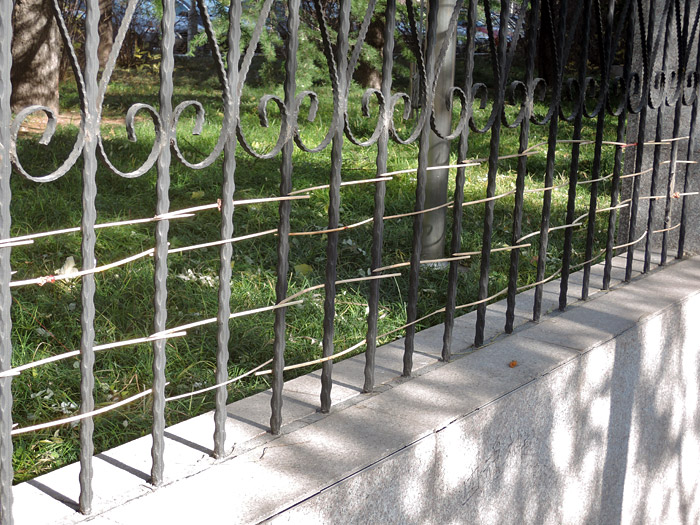
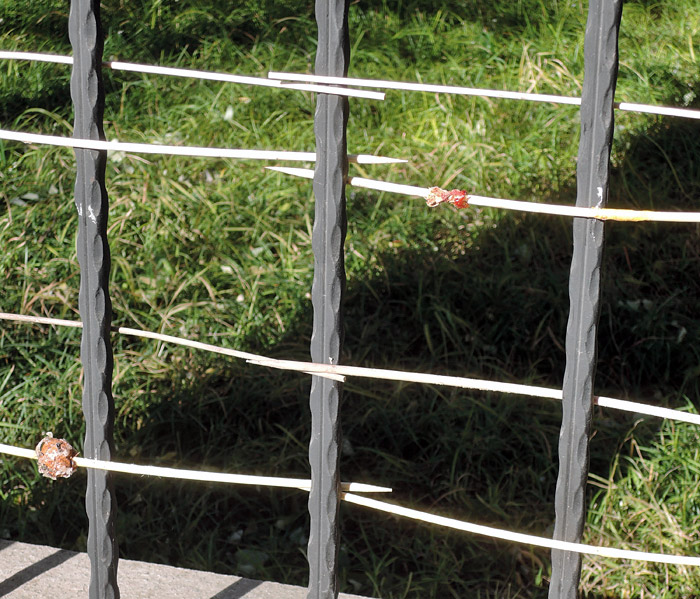 I made four lines with what I could find around, had a good laugh seeing the leftover pieces of food hanging and left to walk back home.
I made four lines with what I could find around, had a good laugh seeing the leftover pieces of food hanging and left to walk back home.
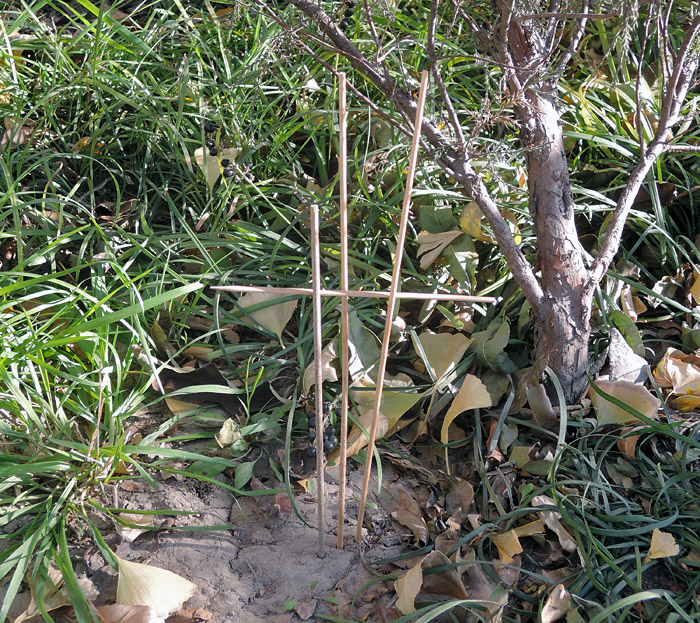 On my way I tried different things that chuan’r could be useful for, like some kind of secret signals.
On my way I tried different things that chuan’r could be useful for, like some kind of secret signals.
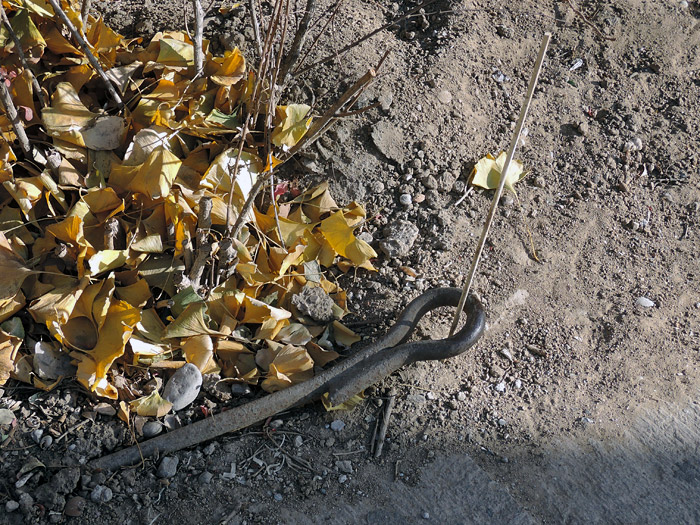 Obvious and totally useless.
Obvious and totally useless.
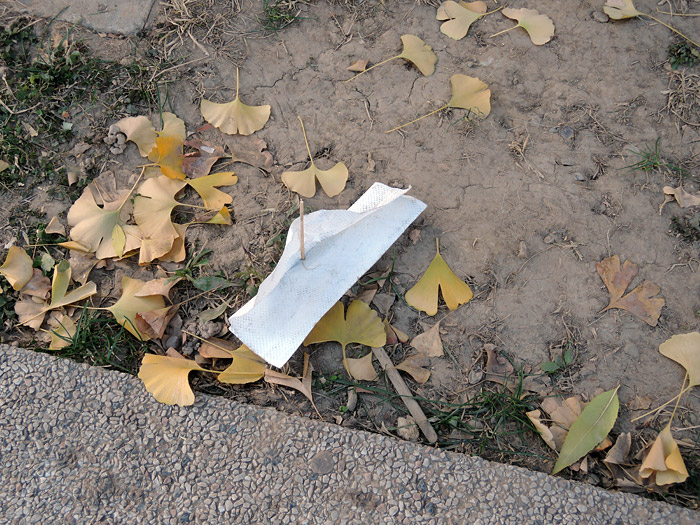 Beijing is a very windy city so I though that people, after finishing eating their chuan’r and cleaning their fingers, could actually stick the chuan’r into the towel to avoid it to fly away, they will throw both the skewer and the towel on the floor anyway.
Beijing is a very windy city so I though that people, after finishing eating their chuan’r and cleaning their fingers, could actually stick the chuan’r into the towel to avoid it to fly away, they will throw both the skewer and the towel on the floor anyway.
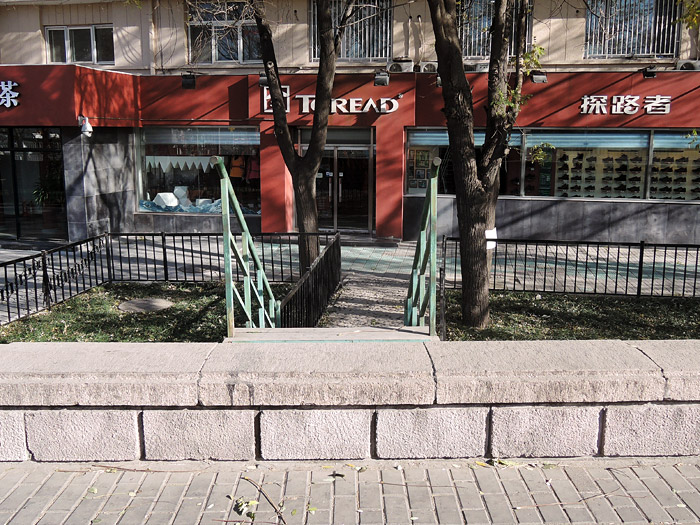 I soon came across this beautiful example of how the citizens of Beijing find ways to get around the Chinese officials’ obsession with building walls and fences. In Beijing, every neighborhood is closed with gates. Sometimes, to get to a place that is right in front of you on the other side of the street, it can take you up to 10 minutes. You have to walk around the fences, find the gate, find the place where to cross the street (usually there is also a fence in the middle of the street so people can’t cross where they want) and reach the spot. Here, the owners of the shops below, probably worried about loosing customers, decided to build some stairs that would directly lead to the street. I have documented ton of examples where people sawed the bars of the fences so they can get to the street easily. I even saw bars from a gate close with a padlock being sawed. Somebody is interested in not opening accesses. I don’t know why, political concern I assume.
I soon came across this beautiful example of how the citizens of Beijing find ways to get around the Chinese officials’ obsession with building walls and fences. In Beijing, every neighborhood is closed with gates. Sometimes, to get to a place that is right in front of you on the other side of the street, it can take you up to 10 minutes. You have to walk around the fences, find the gate, find the place where to cross the street (usually there is also a fence in the middle of the street so people can’t cross where they want) and reach the spot. Here, the owners of the shops below, probably worried about loosing customers, decided to build some stairs that would directly lead to the street. I have documented ton of examples where people sawed the bars of the fences so they can get to the street easily. I even saw bars from a gate close with a padlock being sawed. Somebody is interested in not opening accesses. I don’t know why, political concern I assume.
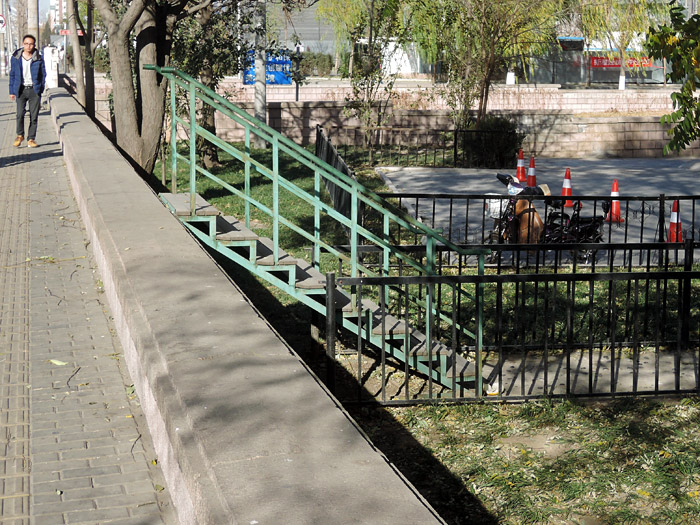
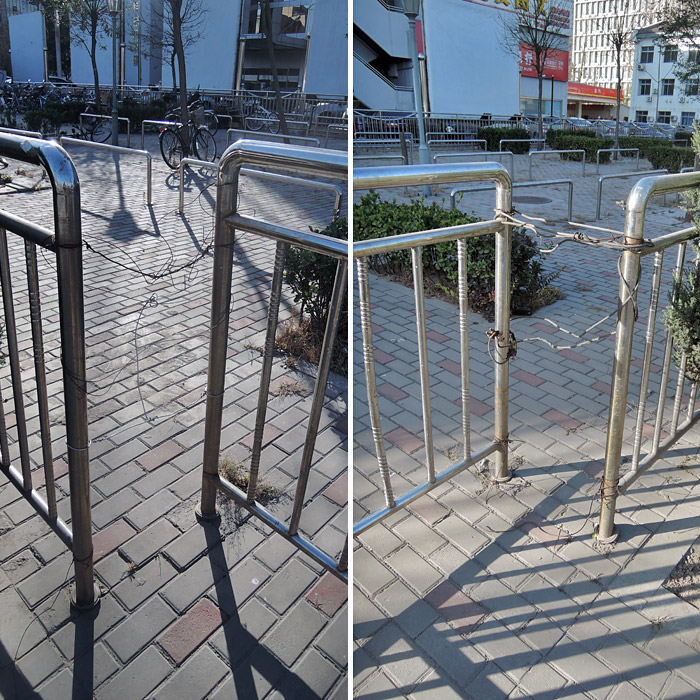 I found these other two interesting examples of movement restriction.
I found these other two interesting examples of movement restriction.
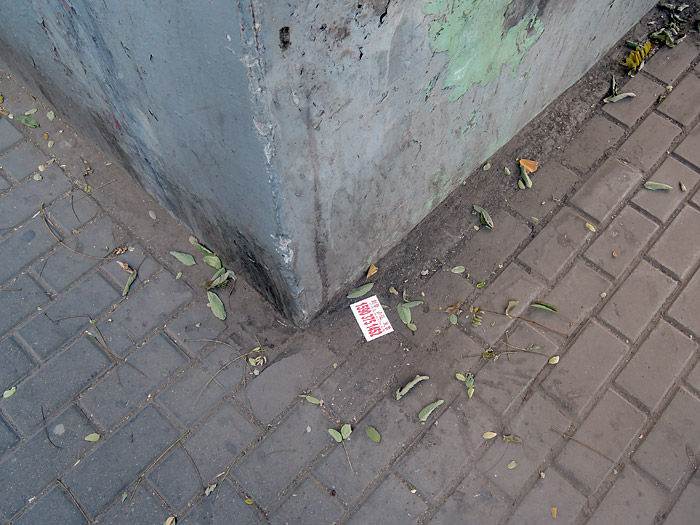 Then I came across something which is also very common here: to throw little cards with commercial information printed on both sides directly on the floor instead of distributing them one by one to pedestrians.
Then I came across something which is also very common here: to throw little cards with commercial information printed on both sides directly on the floor instead of distributing them one by one to pedestrians.
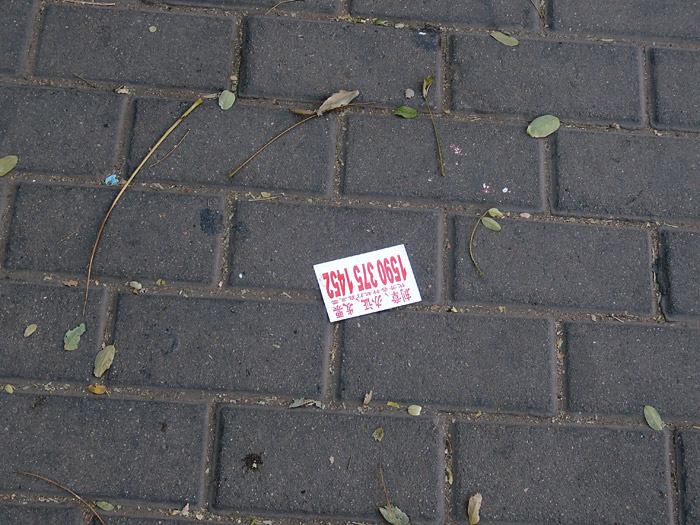
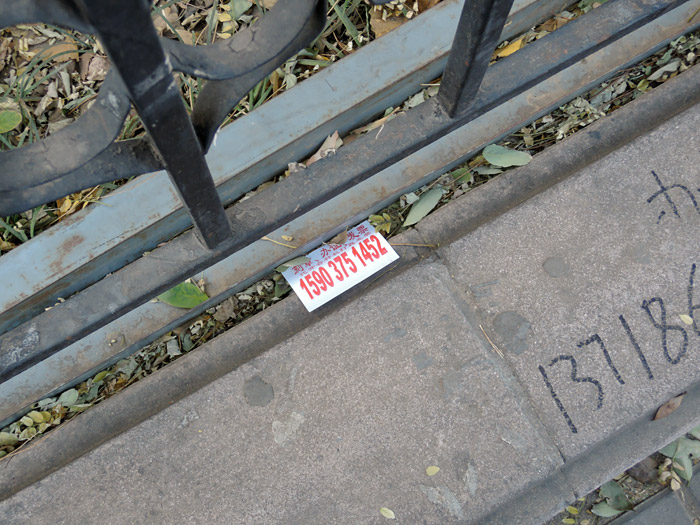 They were all along the way.
They were all along the way.
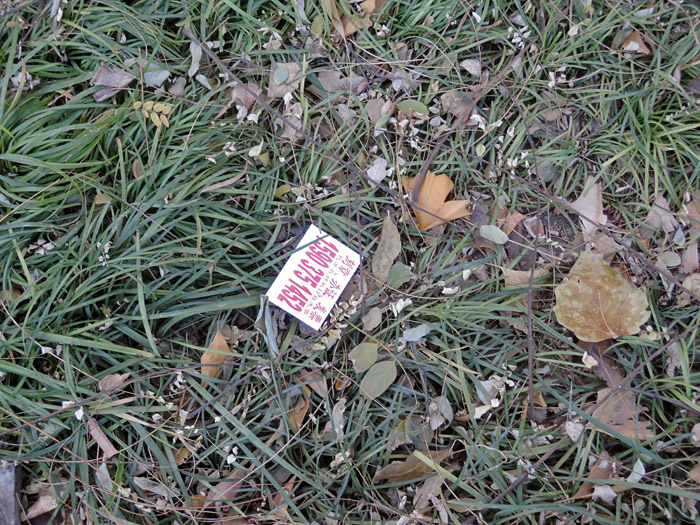 On a very windy day, these cards fly away and get out of peoples way and sight.
On a very windy day, these cards fly away and get out of peoples way and sight.
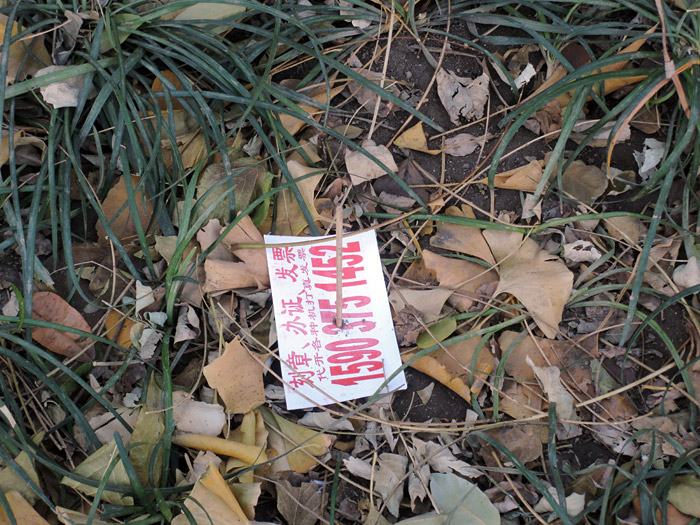 So I though that the chuan’r, that are free and available everywhere, would be a good solution for that.
So I though that the chuan’r, that are free and available everywhere, would be a good solution for that.
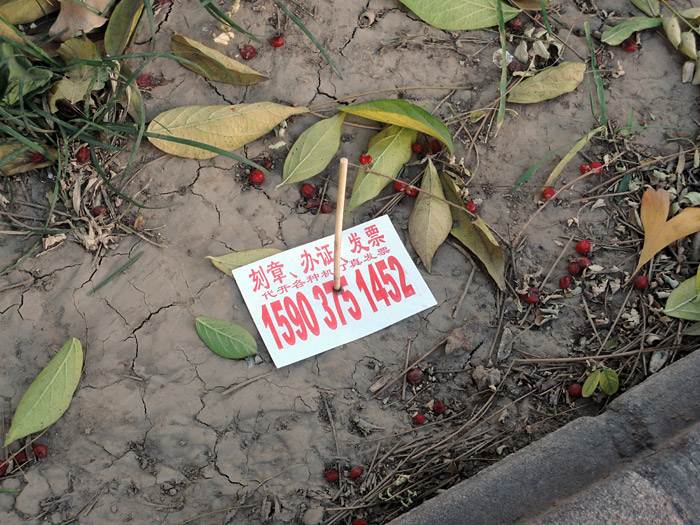
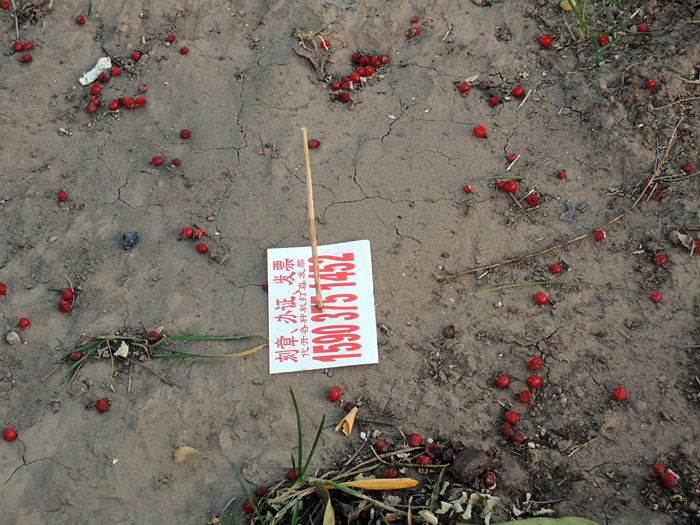
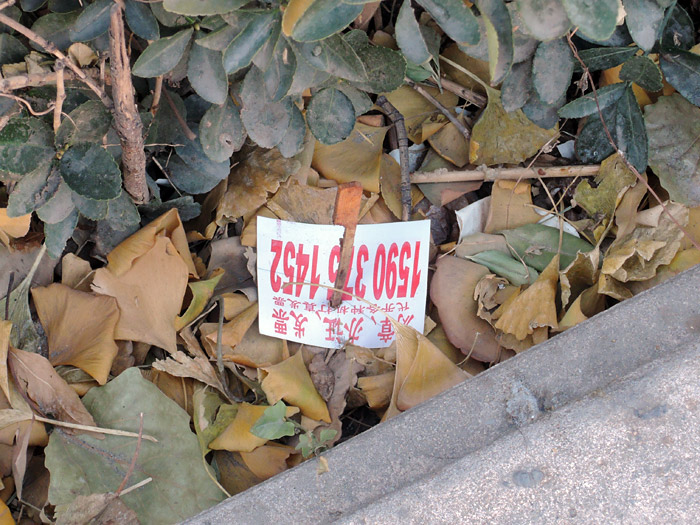
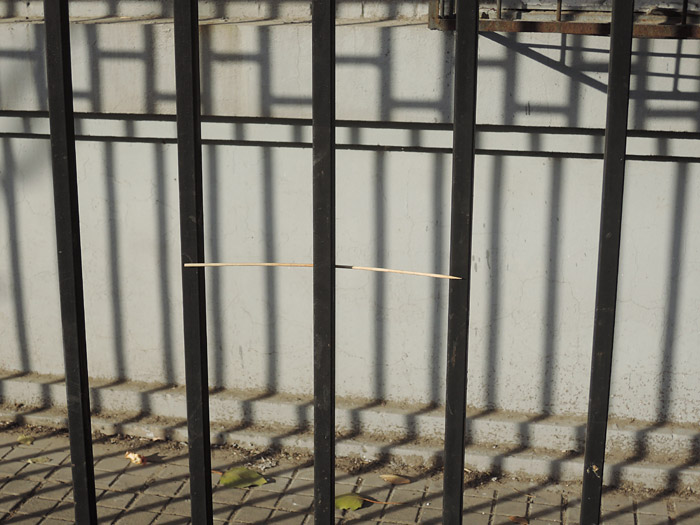
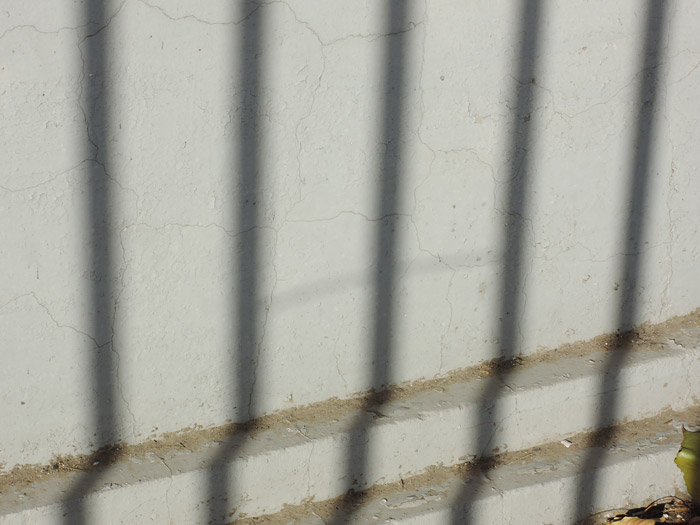 After 20 km in the freezing cold weather and with very little inspiration, I was quite happy to finally head back home.
After 20 km in the freezing cold weather and with very little inspiration, I was quite happy to finally head back home.
These experiments with chuan’r continued on Promenade #6 and resulted a little bit more convincing.
